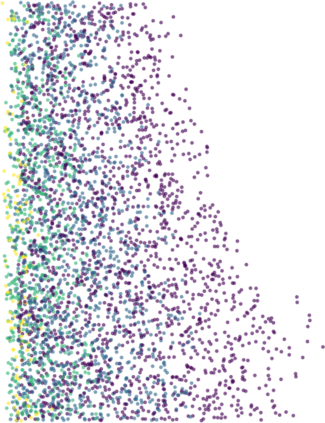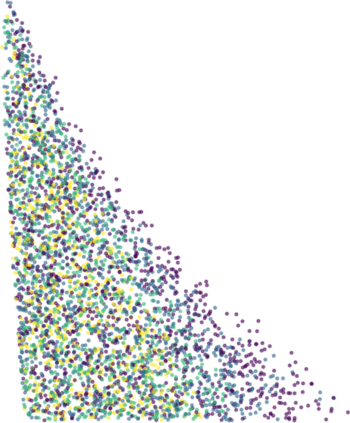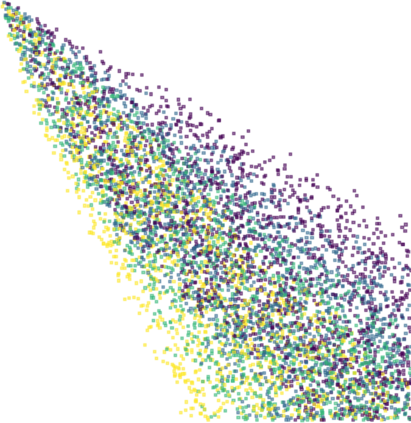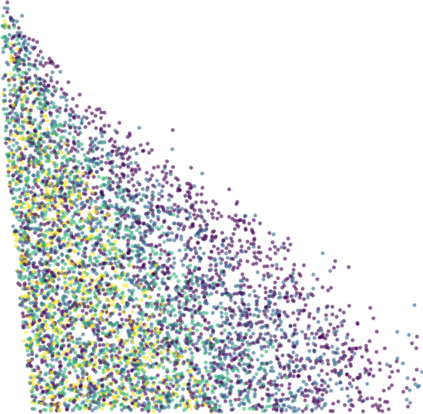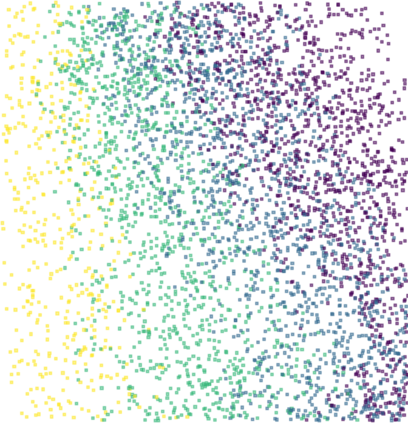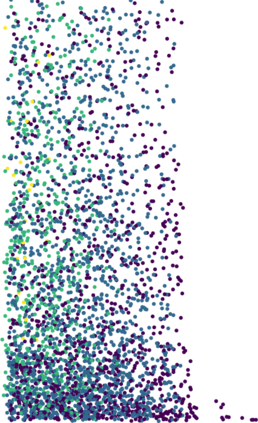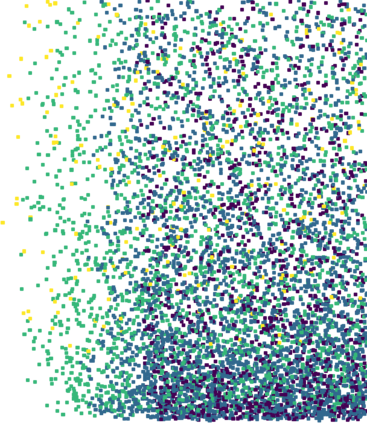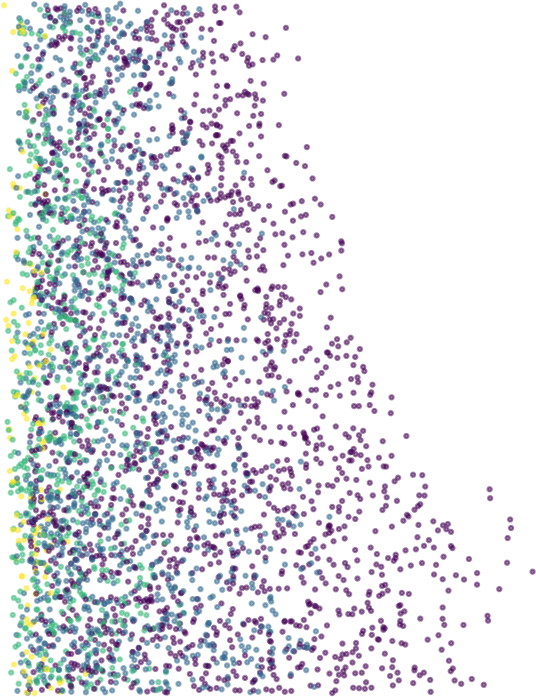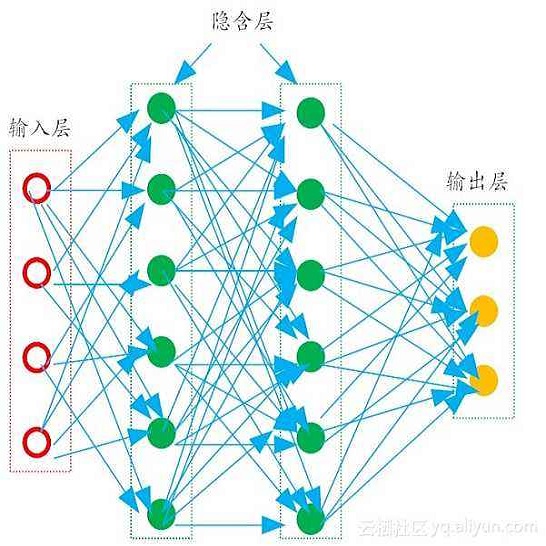We present two approaches to determine the dynamical stability of a hierarchical triple-star system. The first is an improvement on the semi-analytical stability criterion of Mardling & Aarseth (2001), where we introduce a dependence on inner orbital eccentricity and improve the dependence on mutual orbital inclination. The second involves a machine learning approach, where we use a multilayer perceptron (MLP) to classify triple-star systems as `stable' and `unstable'. To achieve this, we generate a large training data set of 10^6 hierarchical triples using the N-body code MSTAR. Both our approaches perform better than the original Mardling & Aarseth (2001) stability criterion, with the MLP model performing the best. The improved stability formula and the machine learning model have overall classification accuracies of 93 % and 95 % respectively. Our MLP model, which accurately predicts the stability of any hierarchical triple-star system within the parameter ranges studied with almost no computation required, is publicly available on Github in the form of an easy-to-use Python script.
翻译:我们提出了确定三星级系统动态稳定性的两种方法。第一是改进Marbling & Aarseth (2001年)半分析稳定性标准,即我们开始依赖内轨道偏心,并改进对双轨道倾角的依赖。第二是机器学习方法,即我们使用多层透视器(MLP)将三星级系统分类为“稳定”和“不稳定”。为了实现这一目标,我们利用N-body 代码MSTAR生成了10-6级三级的大型培训数据集。我们两种方法都比最初的Marbling & Aarseth (2001年)稳定性标准表现得更好,而MLP 模型表现最佳。改进的稳定性公式和机器学习模型的总体分类是分别为93%和95%。我们的MLP模型准确地预测了在所研究的参数范围内任何等级三星级系统的稳定性,几乎无需计算,以简单使用 Python 脚本的形式在Github上公开提供。

